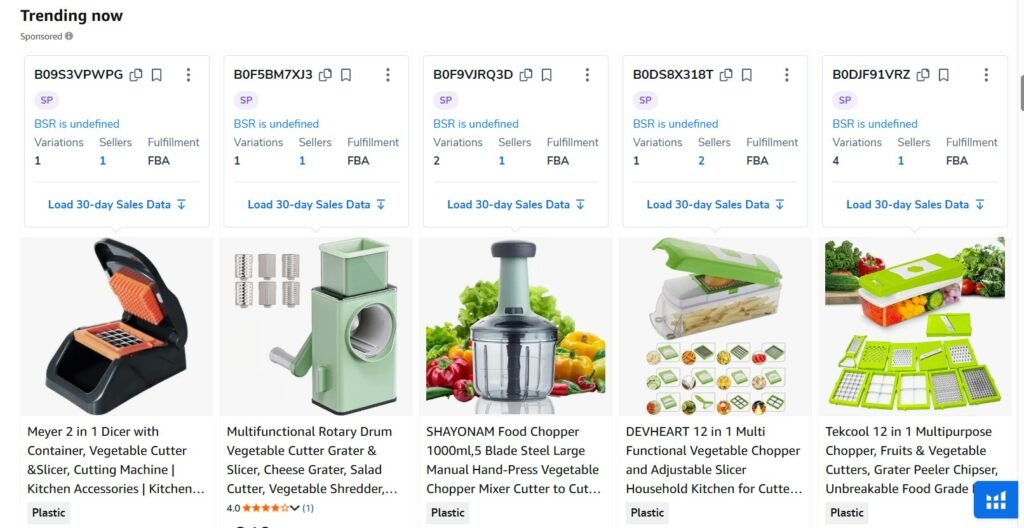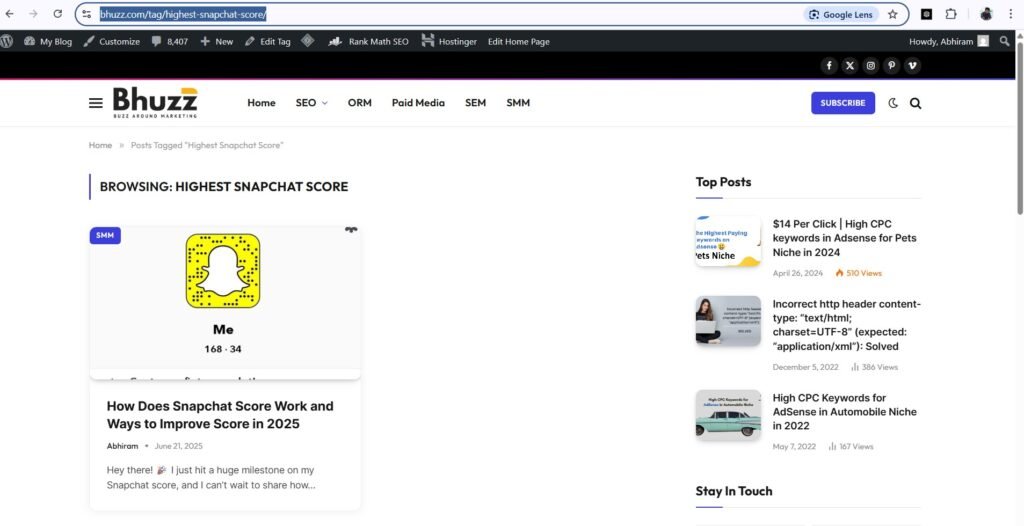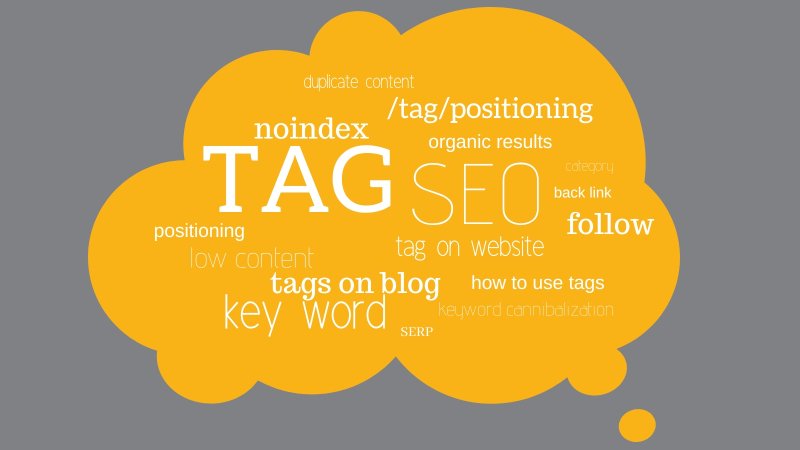The question of whether to include tag pages in XML sitemaps has generated considerable debate among SEO professionals, with the answer largely depending on three things;
- Your website’s structure (eCommerce or Blog or Corporate website)
- Content quality
- Strategic goals.
- Number of pages your website has
This comprehensive analysis examines the benefits, drawbacks, and best practices for including tags in sitemaps.
Table of Contents
Understanding Tags in the Sitemap and Their Role in SEO
Tags are user and search engine taxonomies that are employed to classify and categorize information so that similar information can be easily located.
For example, I have an eCommerce website that has a tag called “Vegetable cutter”, If the user click on the tag, he will be shown all the products that come under this tag.

The benefit of this tag is
- It has rich content to show
- Numerous products to display
- Navigation is easy for the user.
- Search Intent Satisfied
While tags are typically wide subject categories, they are more descriptive in nature and can help users find information by theme or attribute.
Tag pages are center points of consolidation that gather all content for a particular tag, possibly creating useful landing pages for both users and search engines. Properly optimized, these pages manage to rank for terms that individual posts cannot rank for, since they have the support of internal links from all the tagged content.
The Case for Including Tags in Sitemaps
Enhanced Content Discovery
Sitemapping can significantly improve the visibility of content, particularly for big sites with big content archives. The sitemap is used by search engines as a guide to understand the architecture of a site and identify principal pages that are difficult to access through normal crawling.
For content-driven websites like blogs, news sites, or online stores, tag pages can serve as good landing pages that aggregate similar content and provide users with sufficient topic information. Tag pages can rank independently and generate valuable organic traffic if they contain distinctive, useful content that is more than the post summary.
SEO Benefits and Authority Building
Tag pages help to establish topical authority and SEO score through internal structure. By applying a particular tag to a given page, it itself links back to the tag page, essentially serving as a content hub for similar content as discussed above regarding the vegetable cutter in the eCommerce site.
This web of connections tells search engines that the tag page is very relevant to the topic, thereby establishing authority and expertise on the topic. Consequently, optimized tag pages can rank for more general or competitive terms that single posts might not be able to rank for, boosting the website’s overall SEO efficiency.
SEO plugins such as Yoast SEO or Rankmath SEO appreciate the importance of tag and category pages by adding them to XML sitemaps automatically, facilitating search engine discovery and indexing of these critical pages.
Yoast particularly points out that, when optimized, category and tag pages can turn into effective landing pages that avoid having individual posts fight one another and can even rank for keywords that stand-alone articles can’t.
This does not just improve search visibility but also demonstrates the extent of coverage on a topic, all the more building a website’s topical authority.
The Case Against Including Tags in Sitemaps
Thin Content Concerns
The main argument against placing tags in sitemaps is the threat of thin content. Most tag pages are nothing more than post summaries or basic lists of tagged material, with little original value for users.
Search engines, most notably Google, punish sites for having a high proportion of thin content, as this weakens user experience and renders indexing less effective.
Pages that have little or no unique, substantial content can be flagrant low-quality content in the eyes of search engines and can negatively impact the overall authority and crawl effectiveness of your site.
Here is an example of this website which has a tag “Highest Snapchat Score” which makes no sense index this tag, as this has only one post excerpt as shown in the below image.

Such pages can consume valuable crawl budget, especially for larger sites where search engine resources are finite.
Duplicate Content and Cannibalization Issues
Tag pages can produce content duplication issues when several tags write about the same things or when tag descriptions are generic and redundant.
This duplication can cause keyword cannibalization, where several pages vie for the same search terms and eventually dilute each other’s ranking potential.
Moreover, poorly controlled tag systems can produce a huge volume of low-value pages that water down overall quality signals conveyed to search engines.
Best Practices for Tag Inclusion in Sitemaps
Quality Assessment Framework
Prior to adding tags to your sitemap, assess every tag page with these factors:
- Content Quality: Tag pages must deliver distinct, valuable content beyond mere listings of posts. Consider adding introductory copy, handpicked suggestions, or detailed topic summaries.
- Search Volume: Investigate if people really search for words related to your tags. Tags with no search demand might not be worth including in your sitemap.
- Content Volume: Make sure tag pages have enough content to be useful. Tags for only one or two related posts may not be worth including.
- User Intent: Reflect on whether the tag is a true user necessity or is only for internal organizational convenience.
Technical Implementation Guidelines
When implementing tags in sitemaps, adhere to these technical best practices:
- Use Canonical URLs: Make all tag page URLs in your sitemap canonical versions to prevent duplicate content problems.
- Exclude Noindex Pages: Never put tags to noindex tags in your sitemap because this provides mixed signals to search engines.
- Keep Clean URLs: Eliminate tracking parameters, session IDs, and special characters from tag URLs in your sitemap.
- Update Regularly: Update your sitemap frequently by automatically updating it when tags are created, deleted, or updated.
Strategic Approaches by Website Type
Here is the clear breakdown of the strategy based on what type of website you have got and how you take the approach.
- Blog and Content Sites: Use tags representing significant topic categories with a series of well-written posts. Don’t use tags that are rarely used or irrelevant to your content strategy.
- E-commerce Sites: Use product attribute tags searched for by users frequently, such as brand names, product types, or technical features.
- News and Publishing Sites: Use major topics, regular themes, or breaking news categories that garner a lot of readers’ interest.
Platform-Specific Considerations
WordPress Implementation
WordPress site administrators have highly customizable tag inclusion in sitemaps via plugins such as Yoast SEO and RankMath.
These plugins enable you to:
- Turn tag sitemaps on or off
- Block particular tags from the sitemap
- Assign custom priorities to tag pages
- Determine the number of entries per page in the sitemap
Technical SEO Implications
Tag inclusion in sitemaps has implications across various technical SEO elements:
- Crawl Budget: High volumes of low-quality tag pages can consume crawl budget, especially bad news for large sites.
- Index Bloat: Low-quality tag pages can lead to index bloat, in which search engines have to crawl many low-value pages.
- Site Architecture: Tag sitemaps assist search engines in understanding your site’s topical structure and content relationships.
Expert Recommendations and Industry Standards
Most highly-regarded SEO specialists suggest that tag inclusion in sitemaps should be selective. The general opinion is quality over quantity, and websites should only consider to include tags that offer real user value and pass minimal content quality gates.
Google’s official guidelines affirm the importance of pointing sitemaps at URLs you prefer to see appearing in search results.
This advice aligns with the selective inclusion model, where only optimized, valuable tag pages are granted inclusion into sitemaps.
Conclusion and Recommendations
Adding tags to sitemaps can be helpful if done selectively and strategically. The secret is to approach tag pages as authentic content destinations and not just as mere organizational systems.
Recommended Strategy:
- Audit Current Tags: Assess existing tag pages in terms of content quality, search value, and user utility
- Enforce Quality Guidelines: Set specific guidelines for tag inclusion with emphasis on depth of content and user purpose
- Monitor Performance: Utilize analytics to monitor tag page performance and make changes to your sitemap approach in response
- Regular Maintenance: Regularly review and update your tag sitemap to make sure it’s consistently targeting high-value content
Including tag pages in your sitemap is a choice that should be made in accordance with your content strategy and SEO goals. Implemented correctly with consideration of content quality and user value, tag pages can contribute to improved search performance for your site and useful paths for content discovery.

